
Smart home devices bring convenience and efficiency, but they also pose privacy and security risks. While their benefits are undeniable, some devices may be worth reconsidering. Here are nine smart home devices you should think about disabling right away to safeguard your privacy and home security.
1) Voice-Activated Assistants
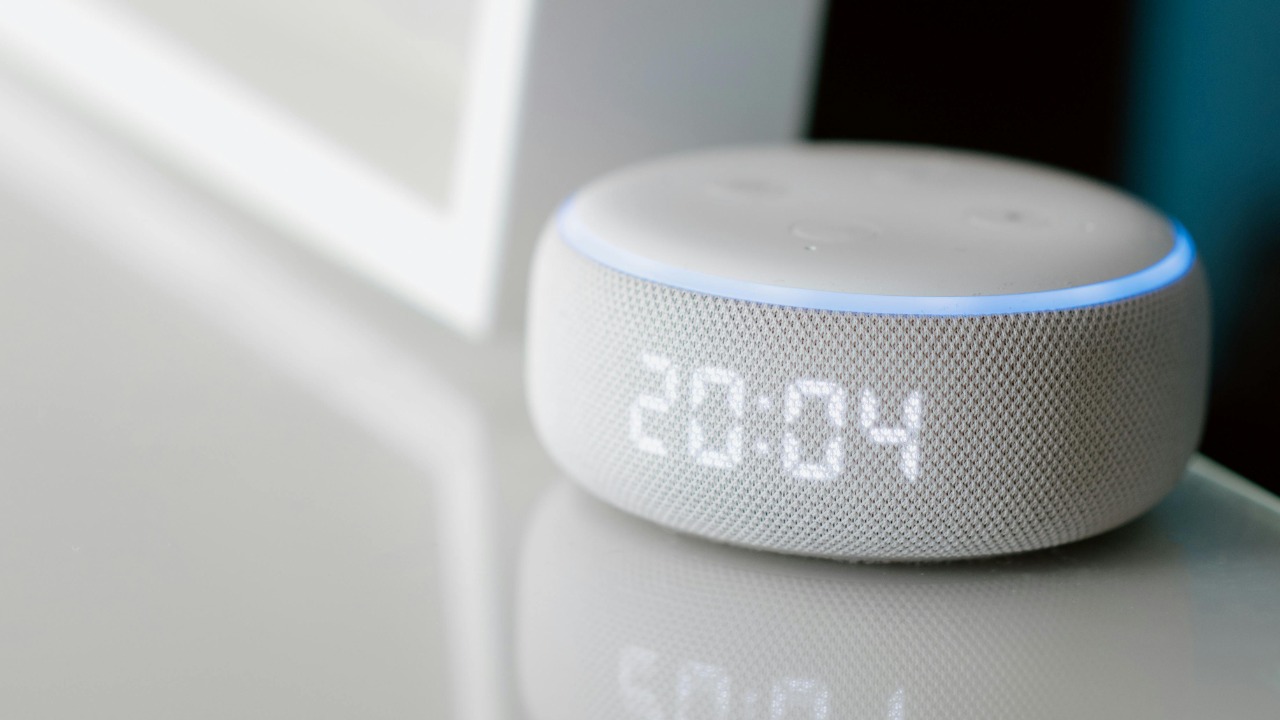
Voice-activated assistants like Amazon’s Alexa or Google Assistant are popular for their convenience. However, they constantly listen for the wake word, which raises privacy concerns. Disabling them when not in use can protect your conversations from being inadvertently recorded or shared. Consider using the mute button when privacy is paramount to prevent any unintended data collection.
2) Smart Security Cameras
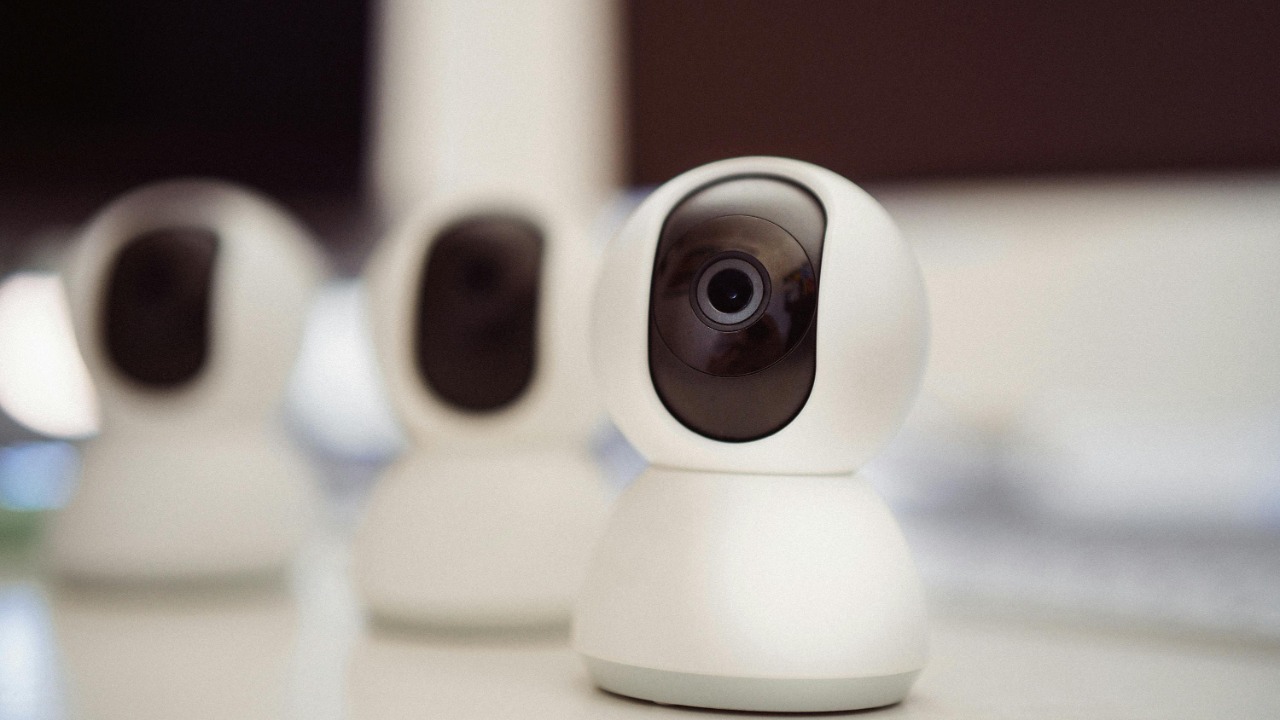
Smart security cameras offer peace of mind but can also be vulnerable to hacking. Cybercriminals may exploit them to gain access to your home network or even spy on you. When not needed, it’s wise to disable them or at least ensure they’re secured with strong passwords and encryption. Consider covering lenses when privacy is required to avoid unwanted surveillance.
3) Smart Thermostats
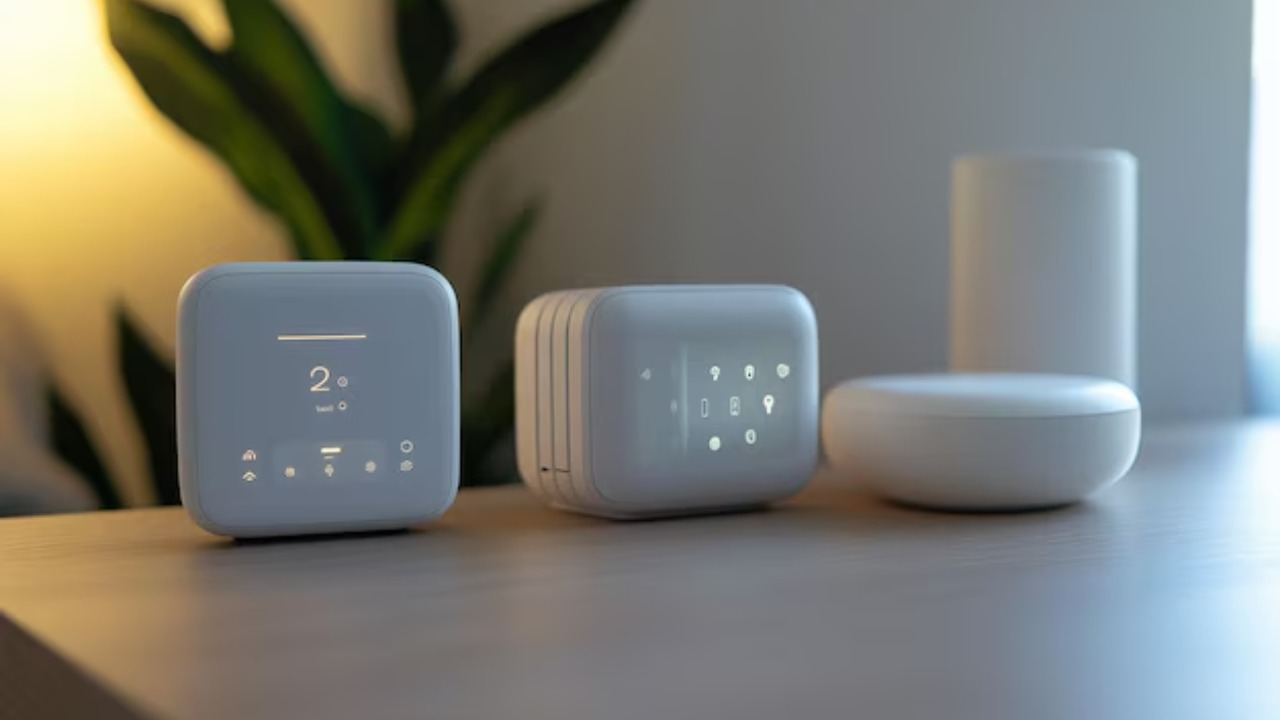
Smart thermostats adjust your home’s climate efficiently, but they’re also a target for hackers. If compromised, they can provide insights into your daily routines and home occupancy patterns. Disabling remote access and regularly updating software can mitigate these risks. Always ensure that your thermostat’s firmware is up-to-date and that it’s secured with a strong password.
4) Connected Door Locks
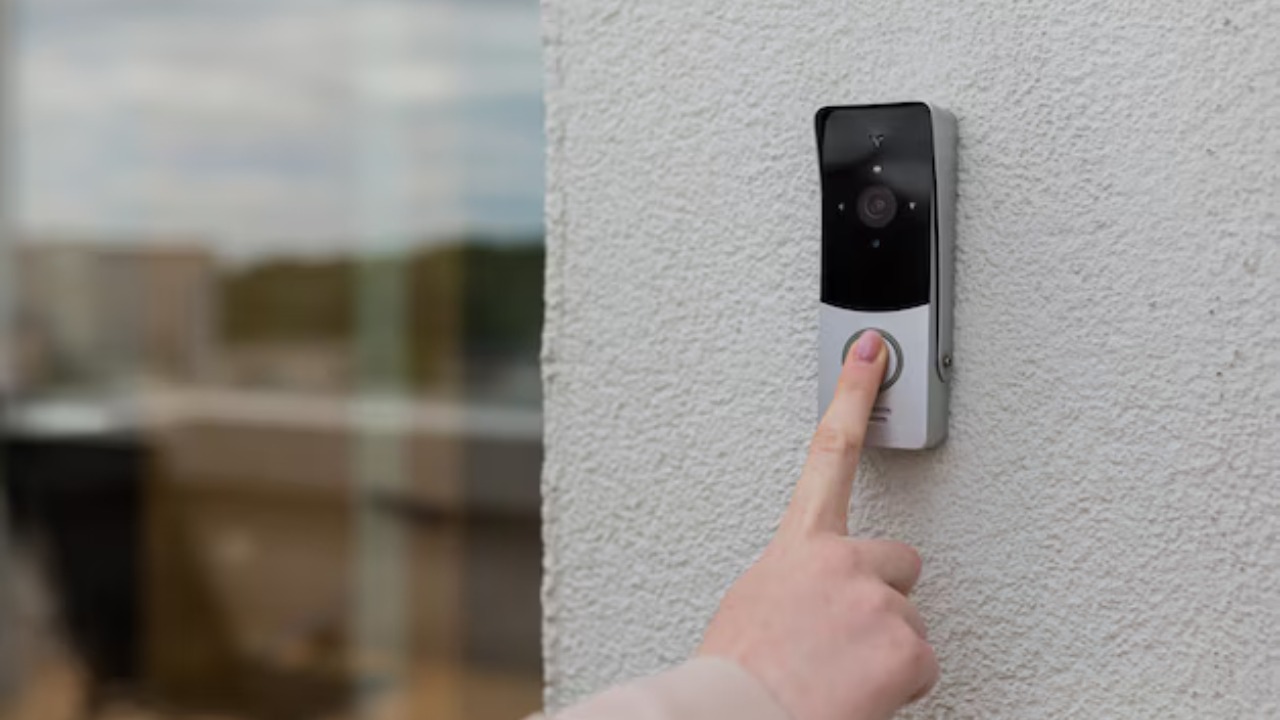
Connected door locks offer convenience, but a breach could allow unauthorized access to your home. Disabling remote access features can reduce this risk. Ensure that you use strong, unique passwords and enable two-factor authentication whenever possible. Regularly check for firmware updates to maintain security.
5) Smart TVs

Smart TVs often come with microphones and cameras, posing privacy risks. Disable these features or cover the camera when not in use to protect against unauthorized access. Be mindful of the data your TV collects and adjust privacy settings to limit information sharing with manufacturers.
6) Wi-Fi Enabled Light Bulbs
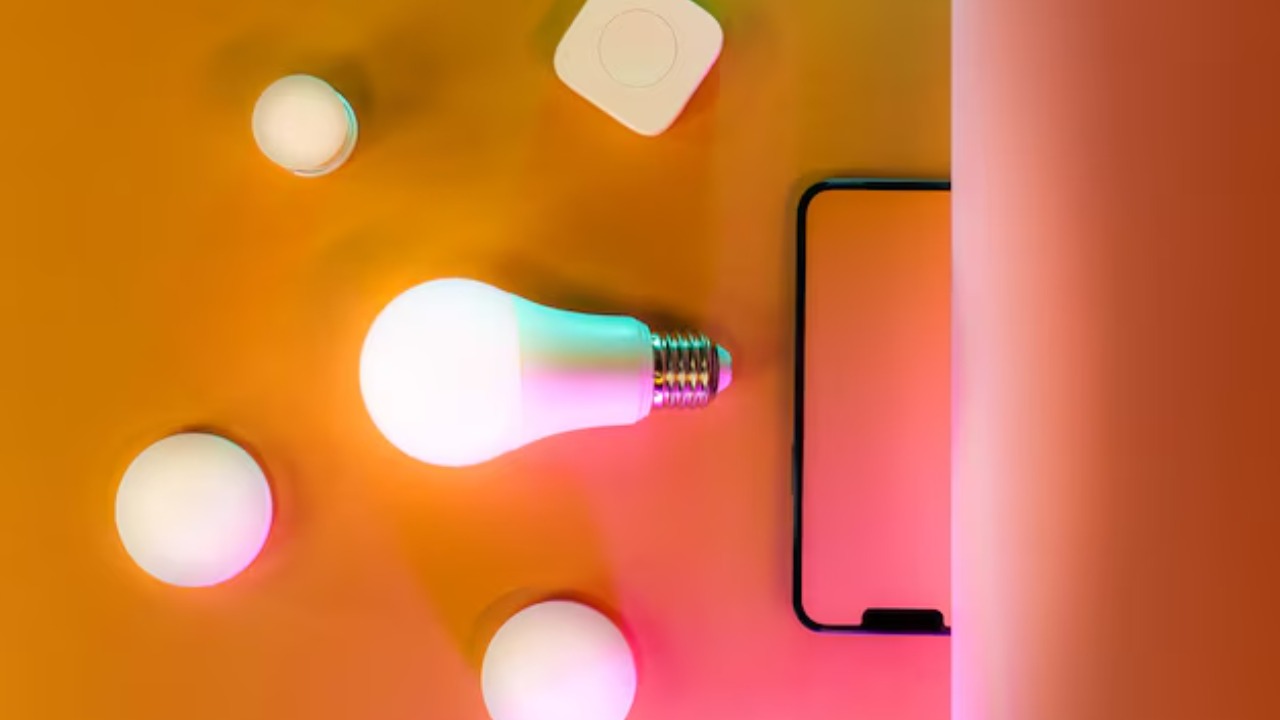
Wi-Fi enabled light bulbs seem harmless but can serve as entry points for cyberattacks. Hackers may exploit them to access your network, so disabling unnecessary features is wise. Regularly update their firmware to patch vulnerabilities and consider using a separate network for smart devices to safeguard your main network.
7) Smart Refrigerators
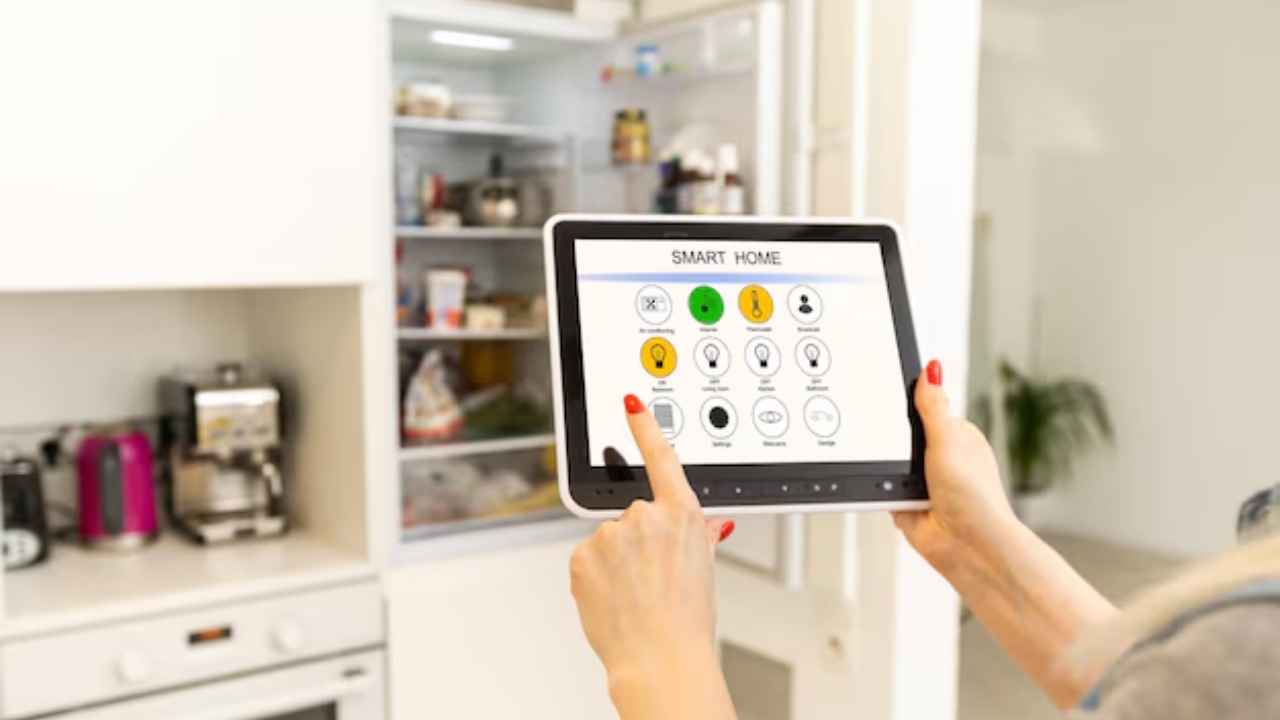
Smart refrigerators can track your grocery habits and even order food for you, but they also gather a lot of data. Disabling data-sharing features can help protect your privacy. Always review privacy settings and opt out of unnecessary data collection to limit exposure.
8) Connected Baby Monitors
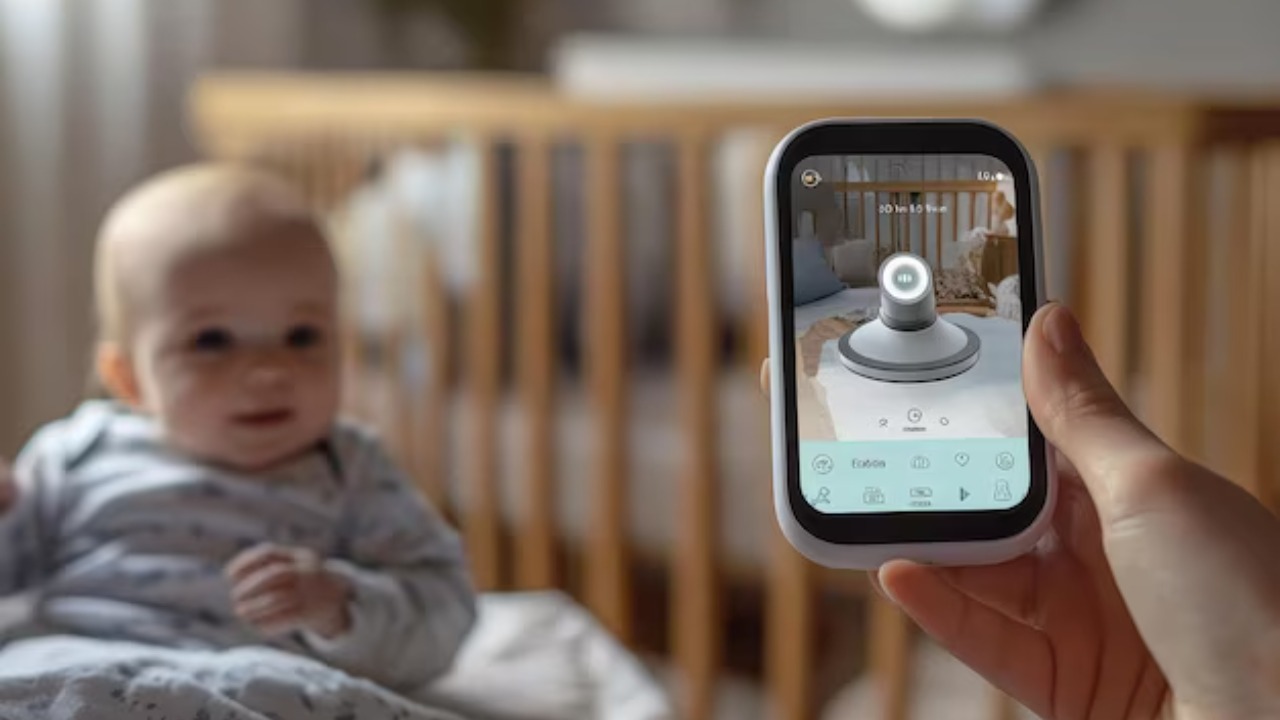
Connected baby monitors provide peace of mind but can be targets for hackers. Disable them when not in use, and ensure they’re secured with strong passwords. Regularly update their firmware and consider using a firewall to block unauthorized access.
9) Smart Plugs and Outlets
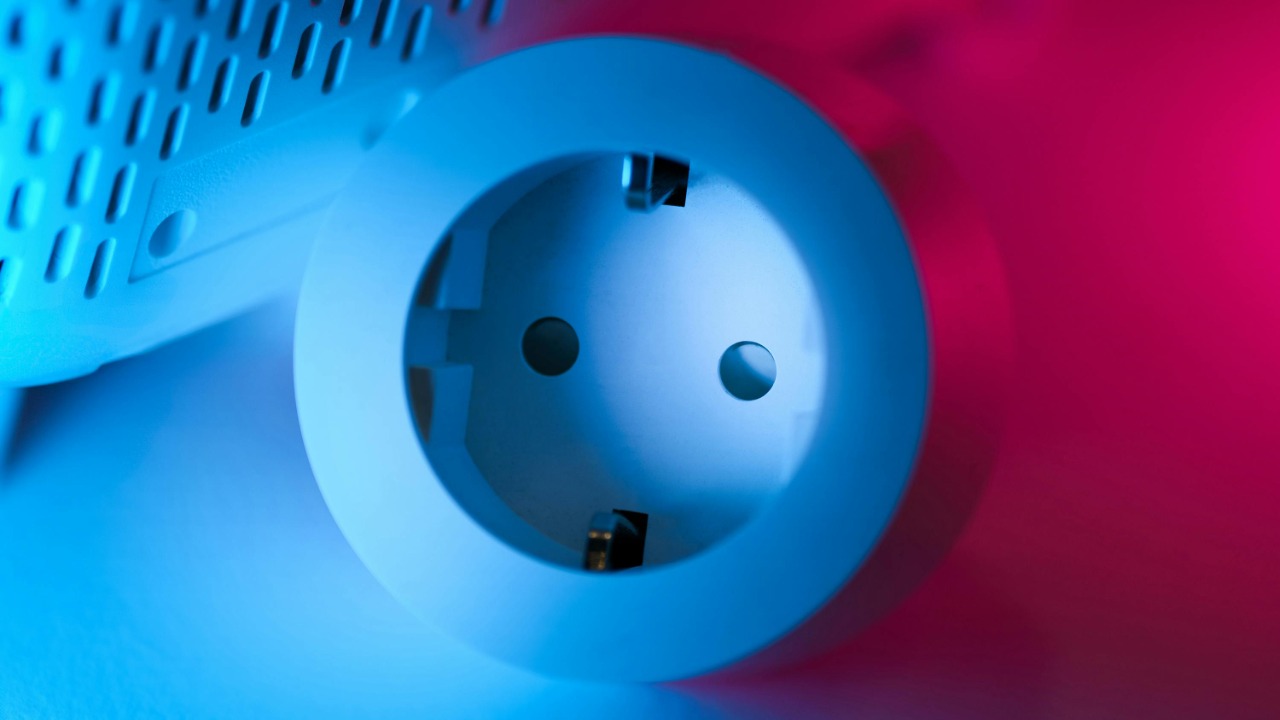
Smart plugs and outlets make it easy to control devices remotely, but they can also be exploited if not secured properly. Disable remote access features and ensure that you’re using strong passwords. Regularly update their software to prevent potential vulnerabilities from being exploited by hackers.